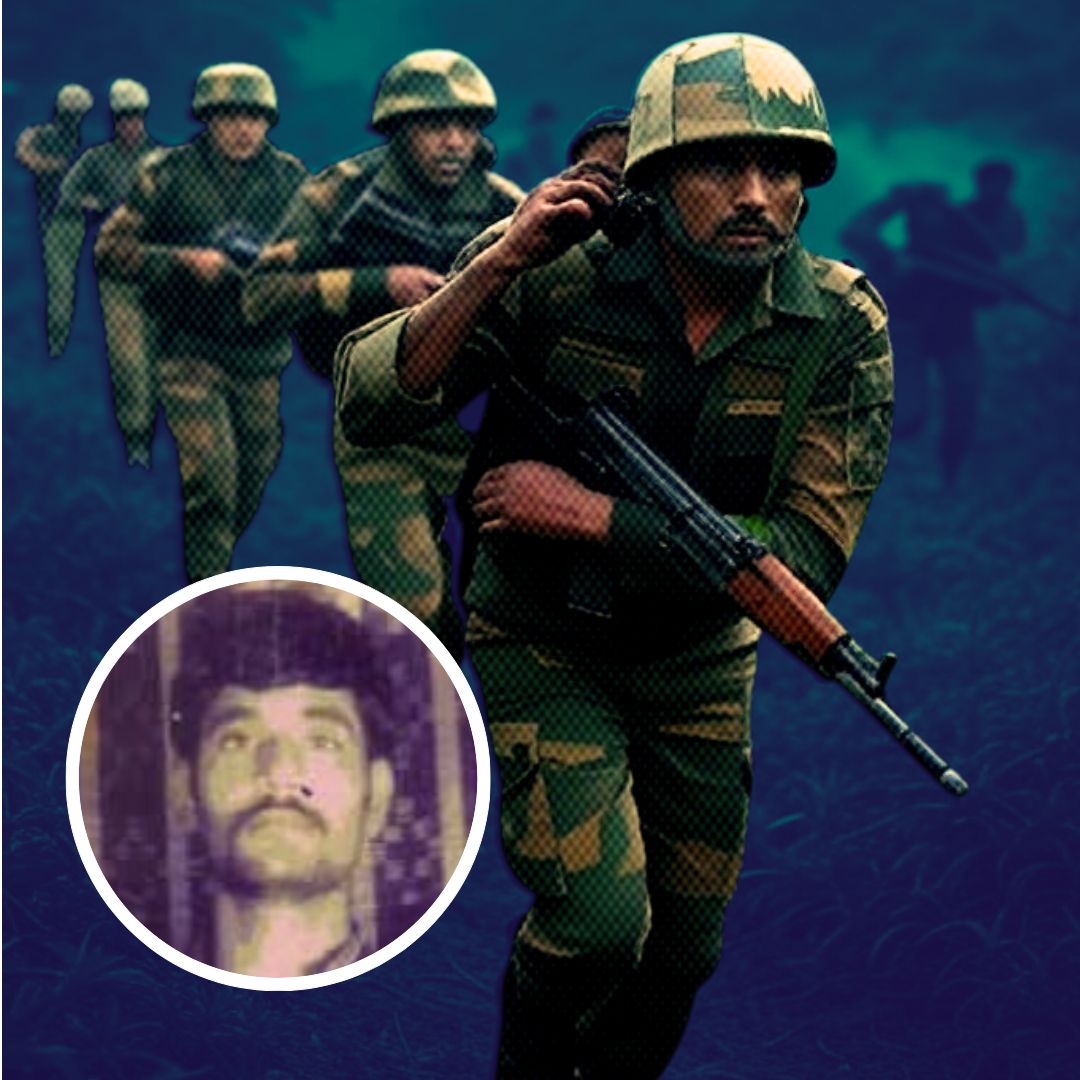Nambala Keshav Rao, popularly known as Basavaraju, the 70-year-old general secretary and supreme commander of the banned Communist Party of India (Maoist), was killed in a meticulously planned 50-hour security operation in the dense forests of Abujhmad, Narayanpur district, Chhattisgarh, on May 21, 2025. Alongside him, 26 other Maoist cadres were neutralised.
Basavaraju, considered the strategic mastermind behind numerous deadly attacks, including the infamous 2010 Chintalnar ambush that claimed the lives of 74 CRPF soldiers, carried a bounty exceeding ₹10 crore.
The operation, hailed by Prime Minister Narendra Modi and Union Home Minister Amit Shah as a landmark victory, is expected to significantly weaken the Maoist insurgency, which has plagued central and eastern India for decades.
Operation Kagar: A Decisive Blow in Abujhmad
The operation, codenamed ‘Kagar,’ was the culmination of over two weeks of intensive intelligence gathering, involving coordination between Chhattisgarh police, the District Reserve Guard (DRG), and Andhra Pradesh police. Acting on precise inputs about Basavaraju’s location in the remote Boter village and surrounding jungles of Lekawada, security forces launched a carefully orchestrated offensive.
The ensuing 50-hour gunfight resulted in the elimination of 27 Maoists, including Basavaraju himself. IG Bastar P Sundarraj described the encounter as “historic,” highlighting that Basavaraju had been involved in more than 200 Maoist operations over four decades, making him the “backbone” of the insurgency.
Despite the overwhelming success, the operation came at a cost, with one DRG personnel sacrificing his life. Authorities also recovered a substantial cache of sophisticated weapons and explosives, indicating the Maoists’ continued capacity for violence.
Basavaraju’s Legacy and the Future of the Movement
Basavaraju’s journey from a BTech graduate in Warangal to the apex leadership of the CPI (Maoist) reflects the complex socio-political fabric underlying the insurgency. Joining the movement in the 1970s, he steadily rose through the ranks, becoming general secretary in 2018 after the death of his predecessor Ganapathy.
Known for his strategic acumen and cautious operational style, Basavaraju masterminded several high-profile attacks, such as the 2013 Jeeram Ghati ambush and the 2008 Balimela attack on Greyhounds police.
His death is widely seen as the most significant blow to the Maoist movement in over two decades, potentially disorienting the group’s command structure. While reports suggest two leaders from Telangana are poised to fill the vacuum, security officials remain cautiously optimistic that this will mark the beginning of the decline of Maoist influence in the region.
The Logical Indian’s Perspective
The demise of Basavaraju is undeniably a milestone in India’s long-standing battle against violent extremism. It is a testament to the bravery and resilience of our security forces who operate in some of the most challenging terrains and conditions. However, The Logical Indian believes that true and lasting peace cannot be achieved through force alone.
The underlying causes—systemic inequality, marginalisation, lack of development, and absence of meaningful dialogue—must be addressed with empathy and sustained commitment. We advocate for a balanced approach that combines security measures with inclusive policies aimed at rehabilitation, education, and economic opportunities for affected communities.
As India moves forward, how can policymakers, civil society, and local communities collaborate to build bridges of trust and foster sustainable peace in regions scarred by decades of conflict?












